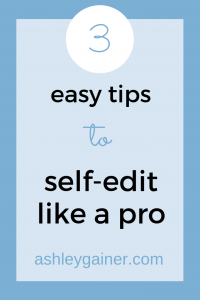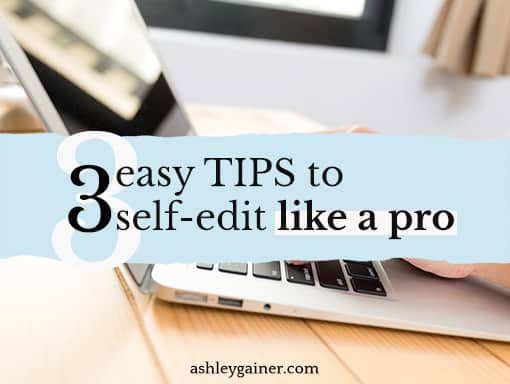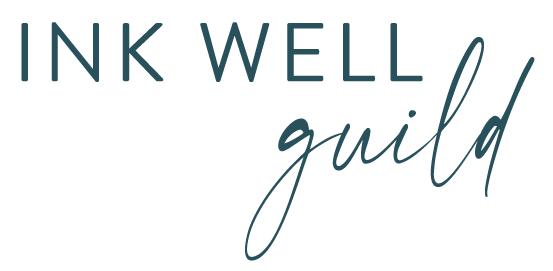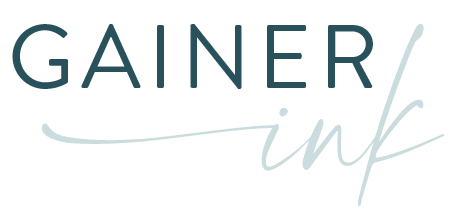Editing is hard, am I right? Especially if it’s a self-edit.
If you sent up a resounding yes to that, you aren’t alone. A lot of writers struggle with editing their own work. And while to an extent editing is a skill that has to be learned, there is something you can start doing today that will make editing your own work not only easier, but much more effective, and (dare I say?) even satisfying.
The #1 way to do self-editing well
The key to editing and writing, whether it’s a blog post, a script, for an autoresponder series, is to print it out and mark it up the next day.
Did I say you should start today? I meant tomorrow.
So let’s break that tip down into its three parts.
1. Sleep on it at least once if you can.
You channel a lot of energy into the creative act of writing, and it’s hard to look at your actual writing objectively because your brain is full of everything you mean to be writing.
The more time you spend working on something, the more you’ll need to put some mental distance between yourself and what you’ve written. This makes it less likely for your brain to fill in any gaps in your writing — it’s retired a good bit of the working memory from the writing process.

2. Get your words off the screen and onto paper.
It’s not very hip in this digital era, but it’s extremely effective. The higher the stakes of your project, the more necessary this step is. There’s something about type on paper that changes how you read, making errors easier to catch and trouble spots easier to identify. Keeping it on the screen simply isn’t going to get you the best results.
3. Use a pen (but not a black one).
Take your printed draft and pick up a good editing pen. Good pens write smoothly and easily, with a bright color in a medium or thick line. You want to be able to see the marks you’re making, which is why pencils and black ink are best avoided. (This is assuming, of course, that you print on white paper with black ink. The key is to use a pen, which is darker and will show up better than a pencil, and to use a color that will contrast with the printed copy. So if you print in blue, by all means use a black pen.)
When you’re ready to start marking, read through the draft slowly, “saying” each individual word in your head. Better yet, read it aloud. Mark on the draft anything that needs to be tweaked, like deleting extra spaces or fixing an awkward word order. Take it a step further and start using traditional copy editing marks. (Think of it as a secret language for editors, which you now are!)
Take at least two passes, one to focus on things like word choice and flow (making sure it’s saying what you want to say, how you want it said) and one to focus on more technical things like spacing, spelling, formatting, etc.
Finishing up your self-edit
Repeat the process as many times as necessary, inputting the new edits between passes. And once you’re ready, call the draft final and upload it, forward it to the client, or send it wherever its next destination is.
And that’s how you self-edit like a champ.






Pingback: 3 Quick but critical tips to improve your writing - Ashley Gainer